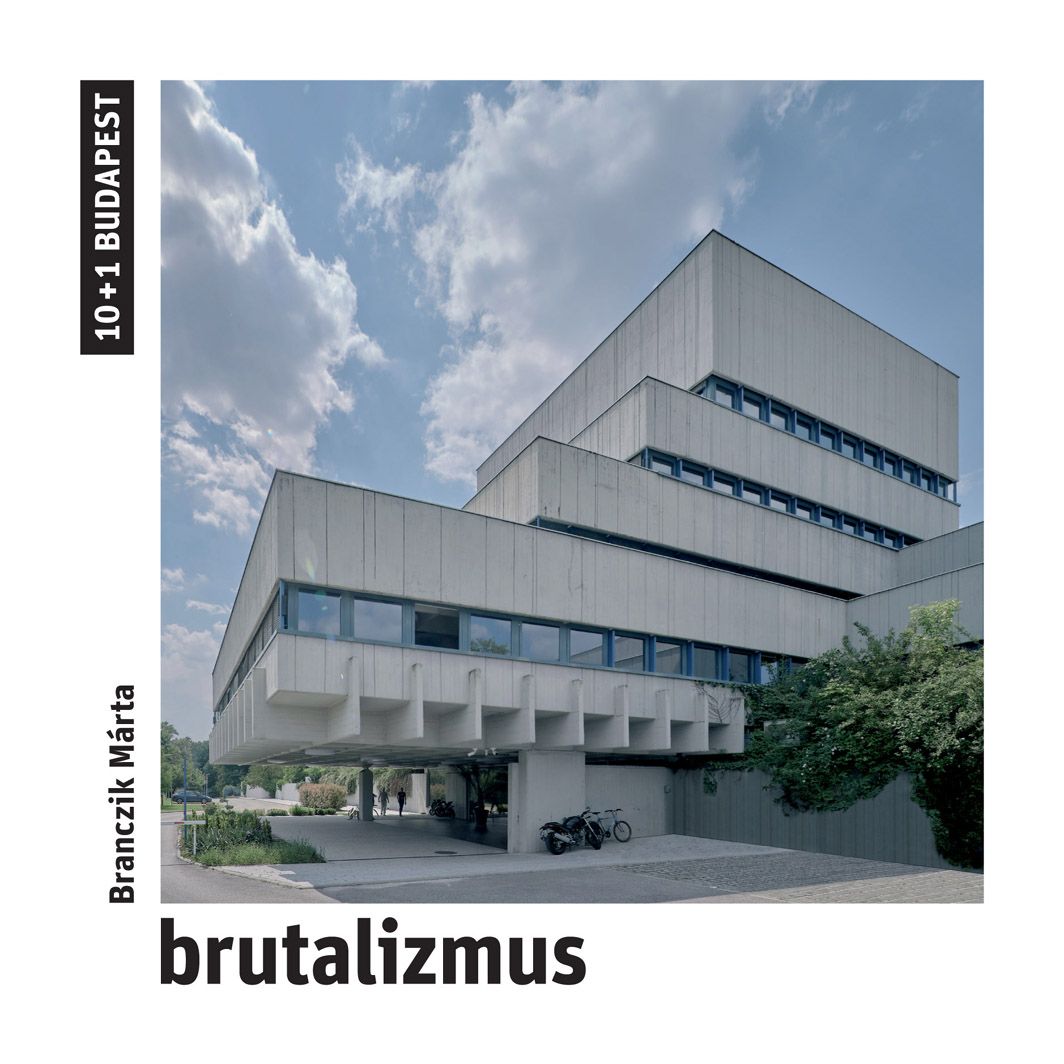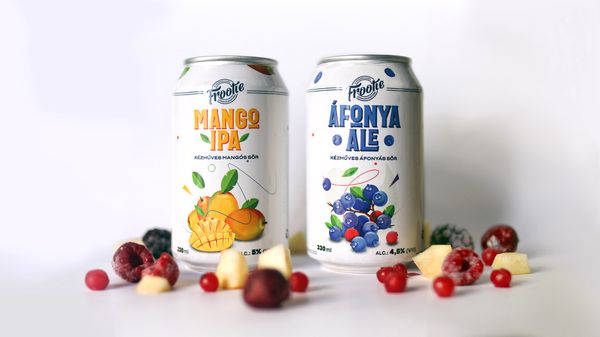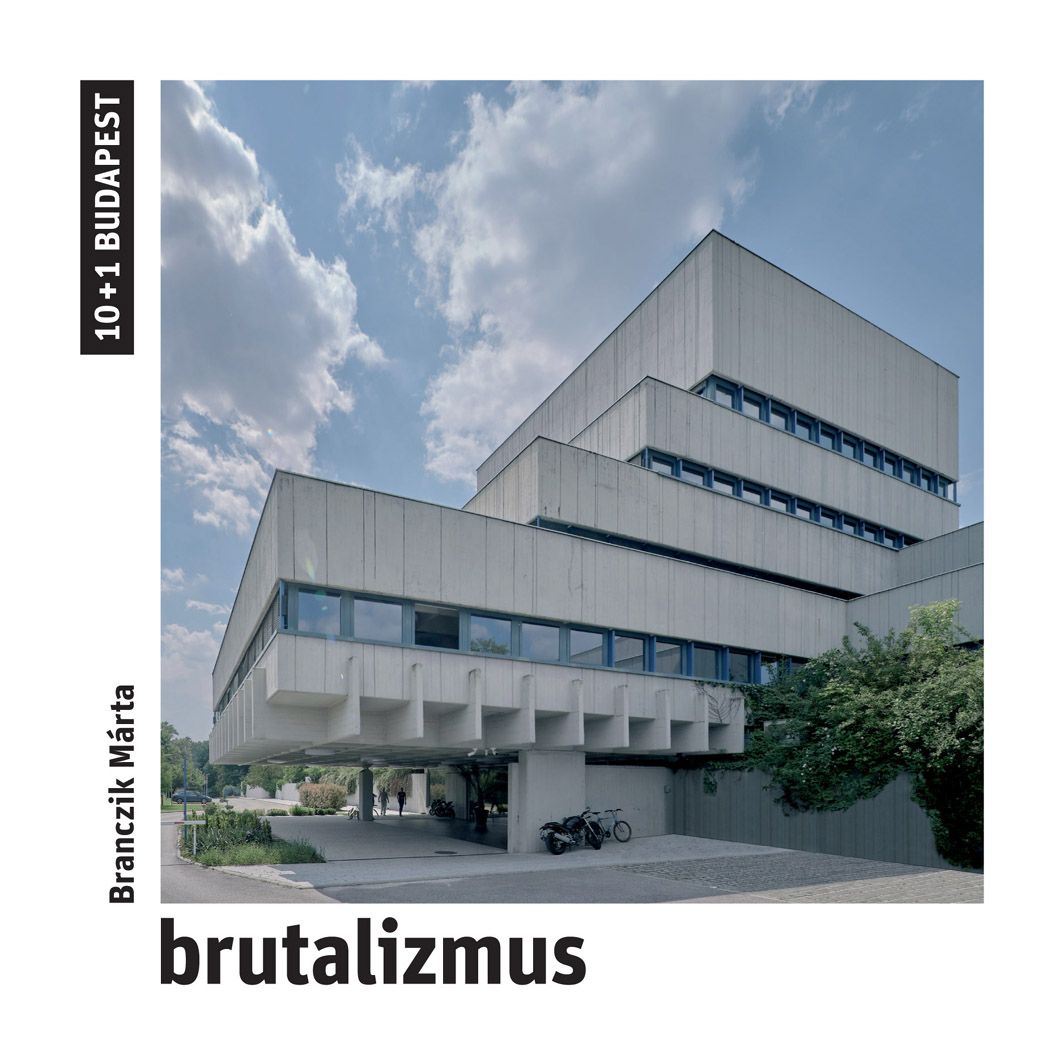Wandering around the streets of Budapest without destinations is already a great experience, but you can also take a volume of the 10+1 Budapest book series even for the easiest of walks, as the books are only 50-page-long each, at the same time provide a lot of new information about the architecture of the city.
In addition to the format, the books are also interesting because they allow us to learn about surprising, uncharted styles as well as buildings and architects that received little attention. The first part focuses on Brutalist buildings in Budapest, while the second one explores the career of the Löffler brothers. We asked the originator and publisher of the series, László Kedves – in only five questions instead of 10+1.

Where did the idea of the series come from? Why did you opt for this format instead of a larger, multi-volume comprehensive publication?
When it comes to books, my brain never stops, I am always looking for new topics and ideas – in my head. This is how the idea of this series was born, too: it just came to me that I wanted something like this.
The concept has always been to keep their volume limited, to have brief texts written in a light tone as well as to keep them to the point and informative. Of course every topic can be elaborated in detail, but our goal was rather the dissemination of knowledge in short story length.

Each volume has a very unique topic: they not only elaborate a single style, but discuss the works of a given architect or a even a given street. How do you choose your topics?
I look for what’s missing, what has been missing until now, what could be of interest and what could address a lot of people. Of course there will be books to which this statement will not apply, for example the third volume of the series, the one focusing on Béla Lajta. But this will also be published in English, which is something that has not existed before, so the tourists visiting the city can also get to know Lajta’s work.

Even though it will be published in English, too, I sense that this series is primarily dedicated for us, the residents of Budapest.
We, the people living here are learning more about Budapest, too, owing to the organizers of city walks, bloggers and journalists like Dávid Zubreczki, Miklós Vince or Dorka Bartha, amongst many others. But luckily there are still topics waiting to be presented and architects little known or not at all known by the public.

What topics can we expect in the coming parts? Who are the authors?
I don’t want to reveal the topics of the books just yet, let it be a surprise. I can talk about the next two: the volume focusing on Béla Lajta written by Tamás Csáki and a book discussing Stefánia út from Dorka Bartha are already on their way. I am always looking to ask an expert or researcher of the given field to write the manuscript, may it be an art historian, journalist or blogger. Later on I also plan to work with fresh graduates and art history students.
What do you personally like the most in the architecture of Budapest?
Like many others, I like the diversity and variety the most. I am particularly drawn to the architecture of the period between 1945 and 1990. It’s sad to see these buildings disappear by the day.
10+1 Budapest | Facebook

Synthesis of Bauhaus and nature | Alma Vetlényi

Labels tuned to tasty | Frootie X Péter Csuth










